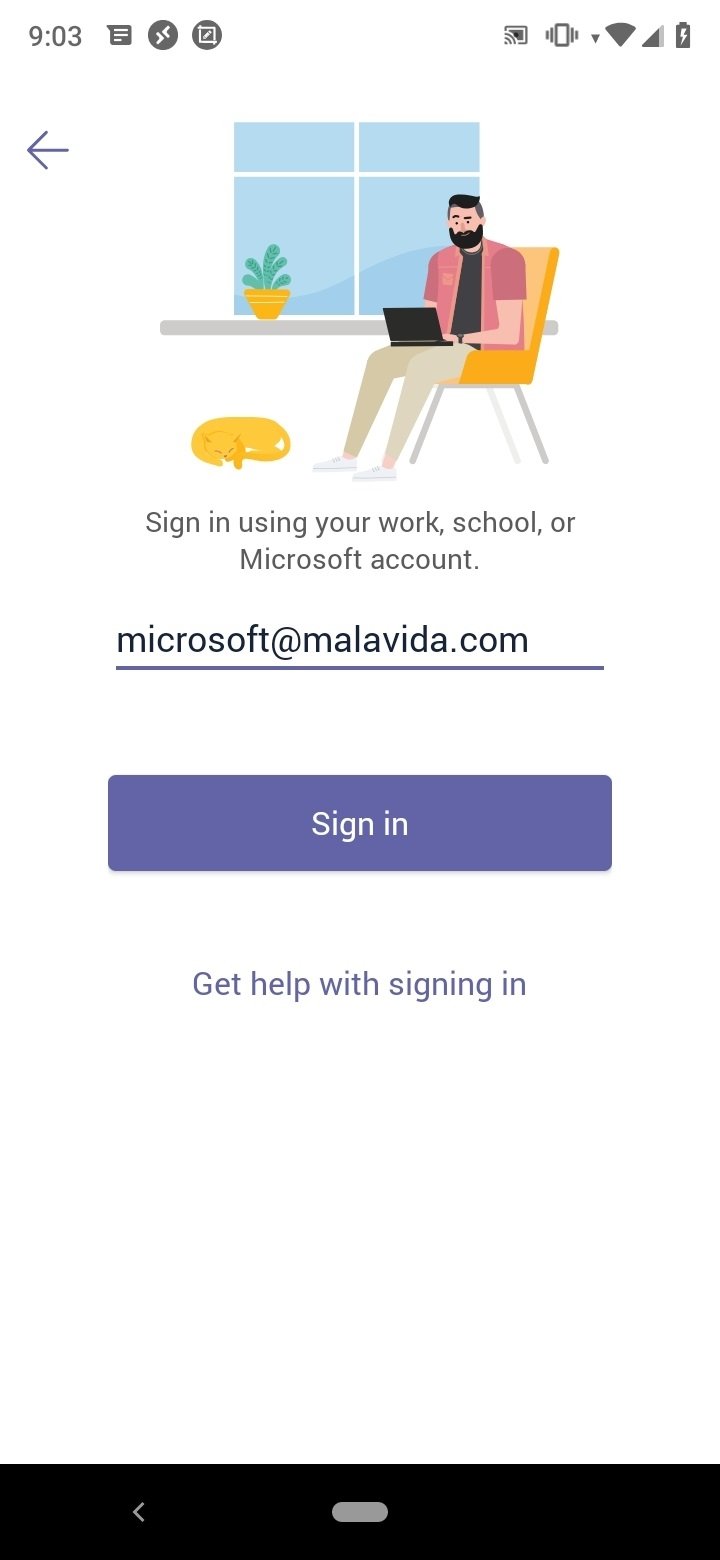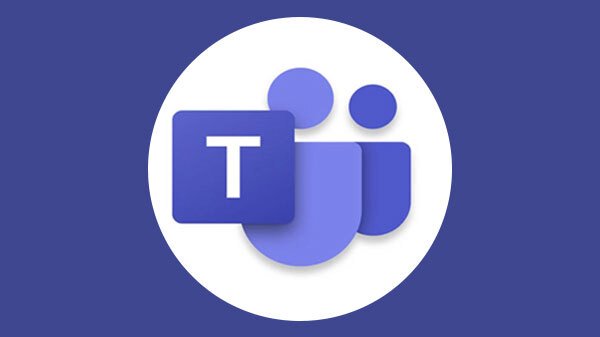Download Microsoft Teams
Microsoft Teams integrates with several products from the Microsoft Corporation, including Office 365 and Outlook. There’s also a search function, which lets you search for files, content, and other features across numerous channels. Compared to other popular apps like Skype for Business, Microsoft Teams uploads files within seconds. The Microsoft Teams desktop client is a standalone application and is also available in Microsoft 365 Apps for enterprise.Teams is available for 32-bit and 64-bit versions of Windows (8.1 or later), ARM64 for Windows 10 on ARM, and Windows Server (2012 R2 or later), as well as for macOS and Linux (in.deb and.rpm formats). Microsoft teams free download - What is Microsoft Teams? Microsoft Teams is a virtual platform that allows collaboration between multiple remote users. Among colleagues, friends of professionals, this service promotes collaborative work with a maximum number of 300 users.
-->Important
This content is intended for users. If you're an administrator, you can find more information about how to set up and manage your Azure Active Directory (Azure AD) environment in the administrative documentation for Azure Active Directory.
If you're having issues signing in to your account, see When you can't sign in to your Microsoft account for help. Also, you can get more info about what to do when you receive the “That Microsoft account doesn't exist” message when you try to sign in to your Microsoft account.
The Microsoft Authenticator app helps you sign in to your accounts if you use two-factor verification. Two-factor verification helps you to use your accounts more securely because passwords can be forgotten, stolen, or compromised. Two-factor verification uses a second factor like your phone to make it harder for other people to break in to your account. You can use the Microsoft Authenticator app in multiple ways, including:
Two-factor verification. The standard verification method, where one of the factors is your password. After you sign in using your username and password, you can either approve a notification or enter a provided verification code.
Phone sign-in. A version of two-factor verification that lets you sign in without requiring a password, using your username and your mobile device with your fingerprint, face, or PIN.
Code generation. As a code generator for any other accounts that support authenticator apps.

Authenticator works with any account that uses two-factor verification and supports the time-based one-time password (TOTP) standards.
Your organization might require you to use the Authenticator app to sign in and access your organization's data and documents. Even if your user name appears in the app, the account isn't set up as a verification method until you complete the registration. For more information, see Add your work or school account.
Download and install the app
Install the latest version of the Microsoft Authenticator app, based on your operating system:
Google Android. On your Android device, go to Google Play to download and install the Microsoft Authenticator app.
Apple iOS. On your Apple iOS device, go to the App Store to download and install the Microsoft Authenticator app.
Important
If you're not currently on your mobile device, you can still get the Microsoft Authenticator app by sending yourself a download link from the Microsoft Authenticator page.
Next steps

After you download and install the app, check out the Authenticator app overview to learn more. For more setup options, see:
Authenticator app. Download and use an authenticator app to get either an approval notification or a randomly generated approval code for two-step verification or password reset. For step-by-step instructions about how to set up and use the Microsoft Authenticator app, see Set up security info to use an authenticator app.
Mobile device text. Enter your mobile device number and get a text a code you'll use for two-step verification or password reset. For step-by-step instructions about how to verify your identity with a text message (SMS), see Set up security info to use text messaging (SMS).
Mobile device or work phone call. Enter your mobile device number and get a phone call for two-step verification or password reset. For step-by-step instructions about how to verify your identity with a phone number, see Set up security info to use phone calls.
Security key. Register your Microsoft-compatible security key and use it along with a PIN for two-step verification or password reset. For step-by-step instructions about how to verify your identity with a security key, see Set up security info to use a security key.
Email address. Enter your work or school email address to get an email for password reset. This option isn't available for two-step verification. For step-by-step instructions about how to set up your email, see Set up security info to use email.
Security questions. Answer some security questions created by your administrator for your organization. This option is only available for password reset and not for two-step verification. For step-by-step instructions about how to set up your security questions, see the Set up security info to use security questions article.
This article explains how to install the Microsoft Teams PowerShell module usingPowerShellGet. These instructions work on Azure Cloud Shell, Linux, macOS, and Windows platforms.
Requirements
Teams PowerShell requires PowerShell 5.1 or higher on all platforms. Install the latest version of PowerShell available for your operating system.
Note
For the best experience, we recommend that you use PowerShell 5.1.
Install the Teams PowerShell module
Note
For the best experience, use either General Availability (GA) or Public Preview modules - not both. They're not intended to work together.
Use the PowerShellGet cmdlets to install the Teams PowerShell module. Installing the module for all users on a system requires elevated privileges. Start the PowerShellsession using Run as administrator in Windows or use the sudo command on macOS or Linux:
By default, the PowerShell Gallery (PSGallery) isn't configured as a trusted repository for PowerShellGet. The first time you use the PSGallery, you'll see the following message:
Answer Yes or Yes to All to continue with the installation.
Sign in
To start working with Teams PowerShell, sign in with your Azure credentials.
Note
If you're using the latest Teams PowerShell public preview release, you don't need to install the Skype for Business Online Connector.
Sign in using MFA and modern authentication
If your account uses multi-factor authentication, use the steps in this section.
Update Teams PowerShell
To update Teams PowerShell, open a new elevated PowerShell command prompt and run the following:
Warning
If Teams PowerShell has already been imported into your PowerShell session, updating the module will fail. Close PowerShell and re-open a new elevated PowerShell session.
Uninstall Teams PowerShell
To uninstall Teams PowerShell, open a new elevated PowerShell command prompt and run the following:
Warning

If Teams PowerShell has already been imported into your PowerShell session, uninstalling the module will fail. Close PowerShell and re-open a new elevated PowerShell session.
Install Teams PowerShell public preview
Note
If you're using the Public Preview version of Teams PowerShell, we strongly recommend that you first uninstall Skype for Business Online Connector.
Installing the Teams PowerShell public preview module for all users on a system requires elevated privileges. Start the PowerShellsession using Run as administrator in Windows or use the sudo command on macOS or Linux.
If you're using PowerShell 5.1, you must update the PowerShellGet module beforehand. After you update PowerShellGet, close and reopen an elevated PowerShell session to ensure that the latest PowerShellGet is loaded.
Download Microsoft Teams Desktop
To install Teams PowerShell public preview, run the PowerShell command below.
Note
Download Microsoft Teams For Mac
You can find the latest preview version at PowerShell Gallery or in PowerShell by running 'Find-Module MicrosoftTeams -AllowPrerelease -AllVersions'
Next Steps
Now you're ready to manage Teams using Teams PowerShell. See Managing Teams with Teams PowerShell to get started.